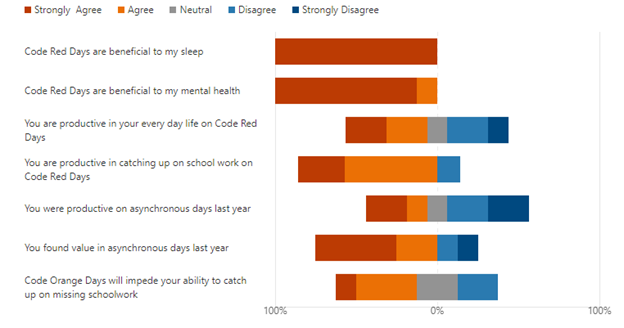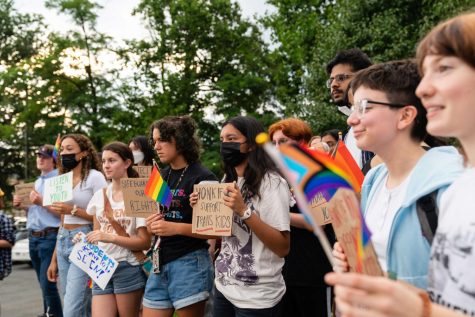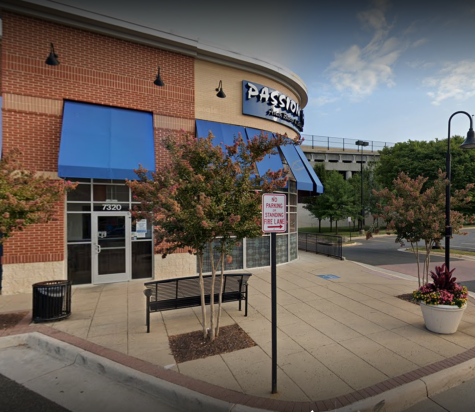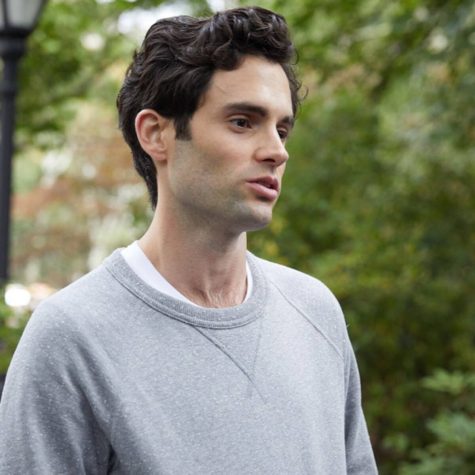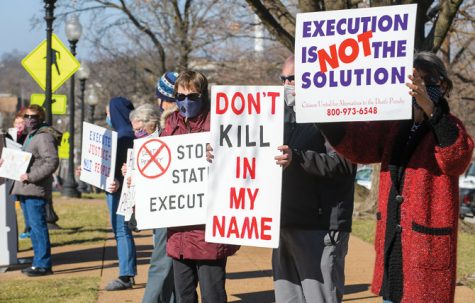Going to Class… On A Snow Day?
January 12, 2022
For the 2021-2022 school year the new Prince William County Schools superintendent, LaTanya McDade, put an end to the traditional snow day. The superintendent implemented a new Code Orange that will take place when conditions are unsafe for students to attend school in person. Teachers will assign schoolwork for students to do from home to catch up on the lesson that would have previously been delayed. Following a virtual 2020-2021 school year students have already had experience with asynchronous days, which are essentially what Code Orange days will be. While both require schools to close and students to remain at home, Code Red days give the student a school free day. Code Reds have not been completely discarded and will take place in the event of weather conditions so severe the county cannot ensure everyone will have internet.
Code Reds were normally put into place due to hazardous transportation conditions to and from school. Students, understanding the weather of Virginia, are aware that it is improbable weather conditions alone will be enough for a Code Red. Many students still use this as an opportunity to catch up on missing work, but they will not be given any new assignments. On the contrary, Code Orange days will require the students to virtually adhere to a school like schedule from home. They will be given several assignments and lesson plans that count for their attendance. This announcement has generated backlash from students on social media who feel Code Red days should remain. Topics such as sleep, mental health, and productivity are addressed as the value of Code Red days that raise concern among students regarding the new announcement. Surveys distributed to high school students, however, provided feedback on if they really see code oranges as a negative.
Primarily, two subjects have been agreed upon by all students as a positive of a Code Red. Sleep and mental health are important elements of Code Red days that students benefit from. A poll taken shows that 100 percent of students find Code Red days beneficial to their sleep and mental health. Sleep and stress are major factors known to weigh high school students down, especially in the middle of the school year when snow days occur. Many students see even a day to catch up on schoolwork or sleep in a few extra hours as very beneficial. Senior Hayden Beber stated that “just one snow day can catch me up on all my work and reset my sleep schedule.” It is evident that even some unexpected hours of extra sleep or extra time to catch up can be very refreshing to a student and get them back on track. Small refreshments like these do a lot for the overall physical and mental wellbeing of a student.
Furthermore, the topic of productivity on a Code Red day was more divided in how students viewed themselves. Only 50 percent of students answered that they felt they were more productive in their lives outside of school on a Code Red day. While that may be interpreted as negative, productivity regarding missing schoolwork saw far different results. Although only 50 percent of students viewed themselves as productive in their every-day lives, 86 percent of students viewed themselves as productive in catching up on schoolwork. Sophomore Daniel Farrell claims that “even students with good grades fall behind on work, and some snow days are spent entirely getting caught up on schoolwork.” This could indicate that students are productive on Code Red days and still need the occasional opportunity to catch up.
Undoubtedly, students will have a strong bias against Code Orange days. While they present mature topics that provide reason against Code Orange days, they are still students that come from a longstanding tradition of loving snow days. Surely, any majority of students will vouch for reason to keep school canceling snow days. In the remainder of the poll students were asked a slightly misleading question. The asynchronous days students had throughout the previous virtual school year hold the same concept of Code Orange days. Asynchronous days were individual workdays for students in place of live virtual lessons. Code Orange days are also individual workdays in place of the live in-person lessons at school.
When asked if students saw value in asynchronous days 75 percent answered that they did. The question was worded in that manner so students would consider how asynchronous days were in place of the in person live lessons. If asked if students saw value in the Code Orange days to come it is probable that the majority would answer no. However, when the question regarded how they saw the regulations of a system already in place, the thought process of how it went provided an unbiased answer. If asked about regulations coming to a system, they do not want to take place, the bias will take over. Students provided many strong arguments for being against Code Orange Days. A large portion of the student population, however, showed to have a subconscious understanding for what value Code Orange days provide.

